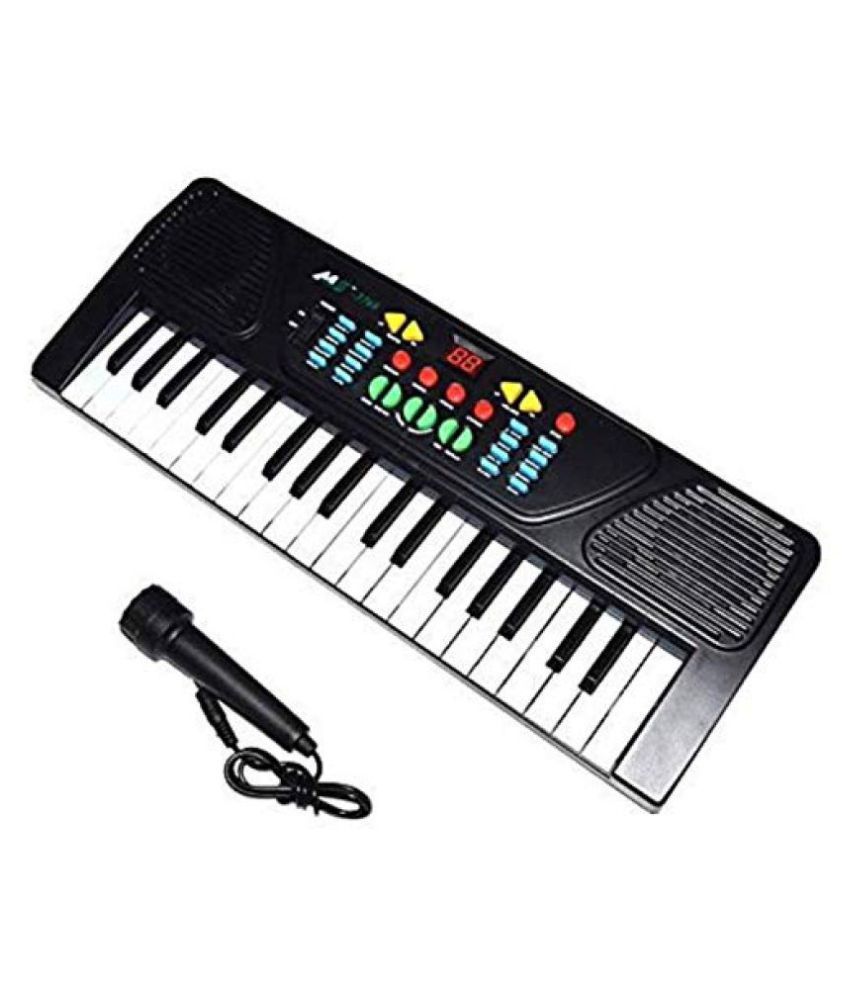
This makes everything cleaner and simpler.Ī flat musical sign consists of a small loop and a stem. Thanks to key signatures which indicate which notes have to be flatted or sharpened, you don’t have to keep using accidentals throughout a piece of written music. Every B is flatted in the key of F, unless it’s canceled out by a natural sign. Every time you come across B, you are supposed to play Bb. The pitches for the F major scale are F-G-A-Bb-C-D-E. For example, the key of F major has one flat, Bb. Sometimes, the flat note is placed in the key signature. To cancel out an accidental (sharp or flat), a natural sign is used. The same applies to the other type of accidentals, known as sharps. When the measure ends, the flat is no longer in effect. It is not necessary for a flat sign to be placed before that note again until the measure ends. When you come across a flat note on a musical piece, you are to assume that the note will stay flat for the rest of that measure. Learn why notes and keys are not the same here. If you see a C flat, it means to play one half step lower than C which is a white key on your piano, the enharmonic of B. That note is F flat and it is the enharmonic of E on piano, a white key. A flat sign means to play the key that is a half step lower, therefore if you come across an F note on a piece of music, it means to play the note that is a half step lower. Beginners are usually of the view that flats and sharps are only played on black keys.

Having said all of this, allow me to sound a note of caution. Here’s a diagram showing natural and flat keys on piano. In terms of natural keys and flats, the 12 keys on your piano in order, starting on C natural are C, D♭, D, E♭, E, F, G♭, G, A♭, A, B♭ and B. The same can be said of D sharp and E flat, G sharp and A flat, F sharp and G flat, and A sharp and B flat. C sharp and D flat are enharmonics of each other. In other words, one half step higher makes a key sharp, while a half step lower makes it flat.Įnharmonics are notes that are the same pitch but are known by at least two different names. The key to the right of D can be called D# but since it is to the left of E it can be called E flat as well. Each black key is usually represented by two note names, but in theory, they can have other names (as we shall talk about later).Įxamples of keys having two names: The key to the right of C can be called C#, but since it is to the left of D, it can be called Db as well. It depends on the key signature of the music and the choice of the composer. The black keys on your piano can be either sharp or flat. Anytime you see a flat symbol before any note on a piece, go one piano key to the left.

A♭ is one semitone lower than A, and so on. E♭ is one semitone (half step) lower than E and is the key to the immediate left of E on your piano.

B♭ is the black key to the immediate left of B on your piano. For instance B♭ is a semitone lower than B. When you come across a flat sign, you are to play the note that is a semitone lower. When you come across a sharp before a note on a musical piece, it means to play the note one half step (semitone) higher. In terms of its effect on a note, this sign is basically the opposite of a sharp sign.

Highly Recommended: Click here for one of the BEST piano/keyboard courses I’ve seen online. When typing, we normally use the regular lowercase letter, “ b” to represent this sign, but the actual symbol is ♭ which is is a stylized lowercase “b”.


 0 kommentar(er)
0 kommentar(er)
